The development of the first nuclear-powered submarine, driven by Admiral Hyman Rickover, in many ways foreshadowed the Apollo program, but there were distinct differences as well.
The traditional diesel-electric submarine was really not a “submarine” vessel” — it was a watertight, submersible pressure vessel and boat, capable of staying underwater for a few hours at most until it needed to surface to recharge its batteries via its diesel-electric power system. Not only was it unavoidably cramped, but it was humid, foul, with severe constraints on water, supplies, and resources (see the 1981 movie Das Boot for a grim but honest portrayal, and compare it to 1958 Run Silent, Run Deep).
That situation changed completely in 1954 with the launch of the first nuclear sub, the USS Nautilus (SSN-571), which could stay underwater without any need to surface for weeks and even months. The successful development of this extraordinary ship of was largely the result of one man, Captain (later Rear Admiral) Hyman G. Rickover (1900-1986), who bucked the “system” and whose vision, technical expertise, practical experience, personal drive, industry contacts, intense persistence, arrogance, audacity, bluntness, and even outright abrasiveness made it a reality (Figure 1).
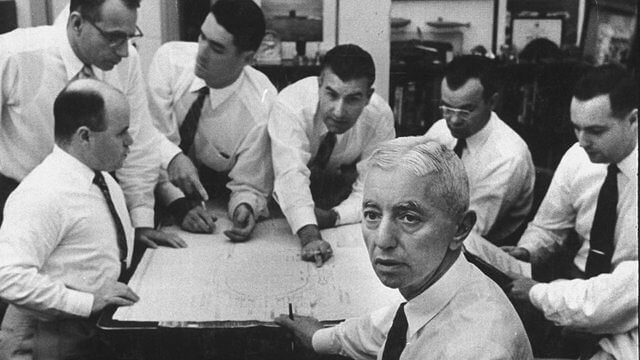
Rickover’s far-fetched idea to put a reactor into a sub was revolutionary, a word that is easily tossed around even if not valid. But here it was, as it was so far outside the feasibility envelope that it was ridiculed and deemed impossible. At the time he conceived the project, there weren’t even any land-based nuclear electric-power plants except for an experimental part-time one. Experts said that generating electricity reliably from atomic fission might eventually be possible in a land-based facility, but using a reactor as the mission-critical powers source in that confined, secluded, hostile environment below the ocean’s surface, and one which was intended for warfare rather than casual cruising – there was no way that would be possible without years of R&D, tests, and trial and error.
Despite intense opposition and misgivings (some technical, some political, some personal, plus some anti-Semitism), it was a very successful program and project. In many ways, the steps that Rickover took were precursors for the project management of the Apollo moon mission. Some of these program-management ideas were adopted consciously, some not. They are summarized at the end.
After all, vehicles for space and undersea environments share common attributes, despite their obvious differences. They operate in an inherently hostile environment, full life-support resources must be on board, and the vehicle must operate despite circumstances which are highly confining and unforgiving. In both moon-mission and atomic-sub designs, there were many new technologies which had to be investigated, developed, proven, and deployed, in circumstances where almost any failure would almost certainly be fatal, and where calling for outside help was not possible. Further, both Nautilus and Apollo were high-risk, tight-schedule, highly-visible programs.
But there is also a major set of differences: the Apollo mission had a well-defined, tightly-bounded objective, and was in constant contact with ground control and its resources. A sub has an open-ended mission which will undoubtedly change during the voyage, while there is little (if any) contact with naval operations. It’s true isolation in every sense of the word.
The conventional wisdom of the late 1940s was that a nuclear-powered ship – if any kind could be developed, which was highly doubtful – should be a surface vessel. Further, wisdom was that the possible reactor technologies (pressurized water or liquefied sodium metal) should first be evaluated and thoroughly tested. Once a technology was chosen, then an expanded-size prototype of the reactor should be built for detailed engineering and production experience and validation.
Rickover rejected these strategies. To get the project done at all, let alone on schedule, and not get bogged down in endless evaluation/review and “paralysis by analysis” cycles, he forced a radically different approach despite intense and well-intentioned opposition. He had engineers scope out the basic envelope that was allowable and requirements needed for a nuclear sub’s propulsion and related subsystems, with respect to size, control, weight, power, and thermal issues, regardless of reactor type.
More importantly, he insisted that the engineering-development prototype for the actual reactor be built to the same size and layout as the final unit for the sub, rather than have an expanded one which would be much easier to access, instrument, modify, and evaluate. His reasoning was that even if the prototype was a success, so many additional issues would arise when modifying it to fit into the sub, that it would be an almost entirely new project rather than a simple, straightforward reduction in size.
As a result, to check the validity of the final design, a land-based prototype that was an exact duplicate of the reactor to be installed inside an actual sub hull was built in a huge saltwater tank (Figure 2). By doing so, the critical interaction between the reactor and surrounding seawater (such as hull pressure and thermal effects) would be part of the prototype design and evaluation. The actual sub reactor was built in close parallel with the prototype, with only a slight time lag of about a week; as changes were made in the prototype, they were quickly duplicated at the submarine’s reactor site.
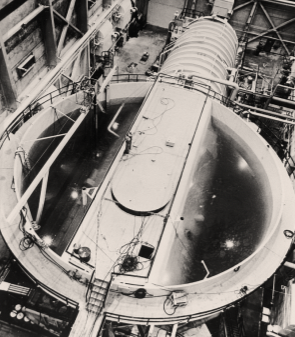
This more-realistic but far more arduous development-and-evaluation approach for a completely new technology was repeated in the Apollo program. The original Apollo plan was to carefully and incrementally add elements to each stage of the design (in other words, “build-up”), then fully test each enhanced, step-by-step configuration. But program head George Mueller realized that this was not only going to take too long, but it was fundamentally misleading because adding a small element was only the tip of the iceberg of changes needed.
Instead, the actual ripple effect into the system was far, far larger: operational procedures had to be re-done, ground support requirements changed, test rigs needed to be re-configured – most of which became obsolete as the next step was added. That’s why Mueller decided that, instead, the only path to mission success was counter-intuitive “all up” testing, where every major stage was tested only in full, complete configuration, flight-ready, and fully functional, rather than as a modest next-step enhancement.
References:
- Theodore Rockwell, “The Rickover Effect: How One Man Made a Difference“, Naval Institute Press, 1992.
- Francis Duncan, “Rickover: The Struggle for Excellence,” Naval Institute Press, 2011.
- Francis Duncan, “Rickover and the Nuclear Navy: The Discipline of Technology,” Naval Institute Press, 1989.
- USN (Ret.) Rear Admiral Dave Oliver, “Against the Tide: Rickover’s Leadership Principles and the Rise of the Nuclear Navy,” Naval Institute Press, 2014.
- Carl Blair, Jr., “The Atomic Submarine and Admiral Rickover,” Henry Holt and Company, 1954.
- (Edited by Paul C. Cantonwine) H.G. Rickover, “The Never-Ending Challenge of Engineering: Admiral H.G. Rickover in His Own Words, ” American Nuclear Society, 2013.
- Norman Polmar and Thomas B. Allen, “Rickover: Controversy and Genius: A Biography,” Simon & Shuster, 1982
- On Jewish Matters, “The Father of the Nuclear Navy – Admiral Hyman George Rickover”.
- Rickover: The Birth of Nuclear Power” (PBS documentary)
- The National Museum of American History (Smithsonian Museum), “The Submarine Revolution”.
- University of Pennsylvania, “Spherical Pressure Vessels”.
- Charles Murray and Catherine Bly Cox, “Apollo : The Race to the Moon,” Simon & Schuster, 1989; see Chapter 4.

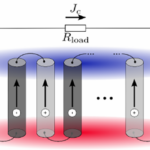
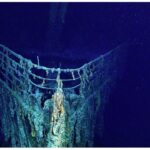
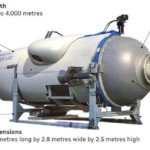

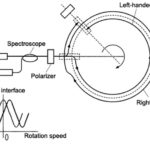

Leave a Reply
You must be logged in to post a comment.